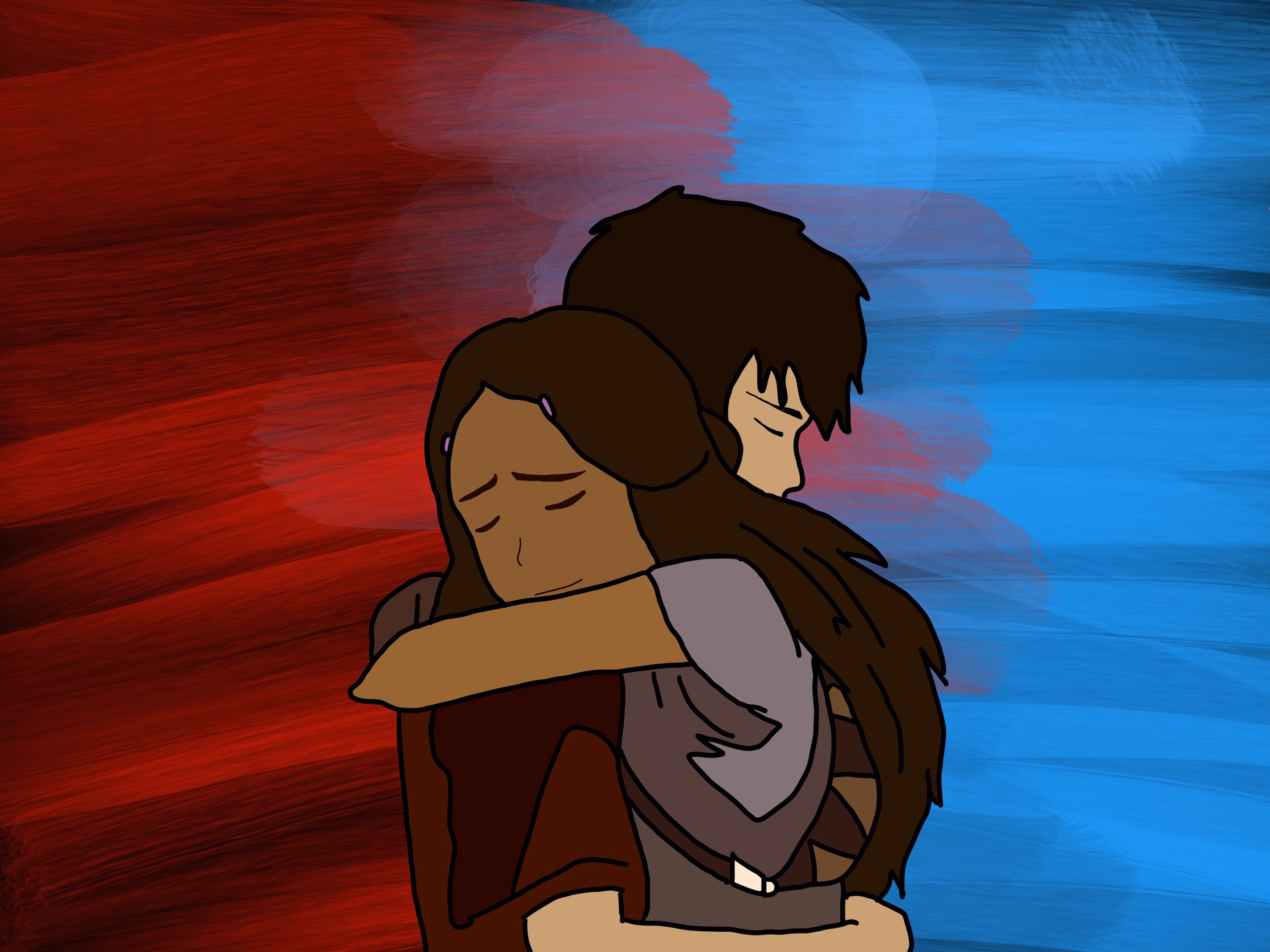
By Jenny Tran
It’s a concerning concept—repulsive, even. Falling in love with someone you thoroughly hate.
But when it comes to the unending world of romance novels and movies and shows, it’s an oddly familiar one.
The enemies to lovers trope is just one of the many that encompass the genre. From fake dating to love triangles, the broad range of possibilities is exactly why many flock to the shelves and TV catalogs. There is just something so mind-numbingly addictive about the clichés when it comes to watching two people fall for each other.
And, out of all the gems scattered in the dirt, enemies to lovers is arguably what shines the brightest.
On the surface, it may seem like any other trope. It can’t be any different from the same cut-and-dry process that applies to everything else, right? Two people hate each other, likely being rivals for some obscure reason. Then, they realize the other isn’t so bad after all, and now they’re both in love. It should be that simple—it seems that simple.
But, there is something so deeply ingrained in the trope that makes it different from the other ones. Hidden beneath the dirt it lays in with the others, there is a deeper meaning woven in its roots.
Love is, undoubtedly, a complicated matter. From what centuries of stories and reports have told us, it’s never that easy to love someone. It’s when two people are forced shoulder-to-shoulder into a rollercoaster of dizzying conflicts and troubles, hoping to survive until the end with all their fluids still in their stomachs.
With all the muddling hate and complications involved in a relationship, it’s hard to imagine a scenario where both passengers don’t end up sick. But that is exactly what enemies to lovers explores. It shows that even with vomit strewn over each other, two people can still make it through together.
Let’s start at the beginning again: two people hate each other.
Or, they hate what they can see of the other person. At first glance, the outer skin can look sickly, and that may seem like a good enough reason to resort to hate. But, people aren’t built on first impressions. What you see on the surface often isn’t who they typically are.
When the two characters spend more time together, they peel off each others’ layers, exposing parts of themselves that have never seen the light. And, gradually, that ugly outer layer becomes a far removed matter, lost to new revelations.
Enemies to lovers shows that a person is more than their flaws. It shows that everyone has a story, even when it’s hidden deep inside them. Everyone has their own motives, ambitions and even reasons for why they behave the way they do. All it takes is the effort to find it out.
And, the characters being able to break out of these shells and become vulnerable in front of the other is what makes the trope so special. It shows that even when it seems the most unlikely, it is still possible to beat the odds and choose love over hate.
Of course, not every story that uses this trope executes it perfectly. There is a good amount of “enemies to lovers” media that contain themes of unresolved toxicity and violence, completely going past the boundaries of what is deemed a healthy relationship.
With this in mind, it is good to try to actively distinguish which stories use the trope well, and which ones don’t. These kinds of relationships shouldn’t be encouraged or condoned, even if they are fictional.
There will always be some bad apples in the basket, but finding the ripe, golden ones is what makes it worth the effort.
In the end, enemies to lovers might always just be brushed over as a common trope. Most of the time, the stories that use it might seem unrealistic. And, truthfully, they are.
But, the trope can still teach all of us valuable lessons about human nature and love. It shows us that even the smallest vessel of positivity can be found in a vast sea of hatred. We just need to give our patience to searching for it.
Perhaps the idea of equating love and hate will never be a particularly preferable one. Thankfully, you won’t need to actively fall in love with your sworn enemy to mull over this idea—not when you could experience its wonders from the comfort of something as simple as a paperback.





